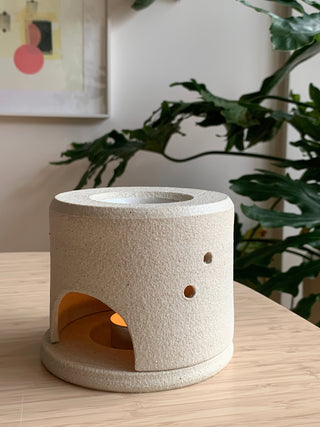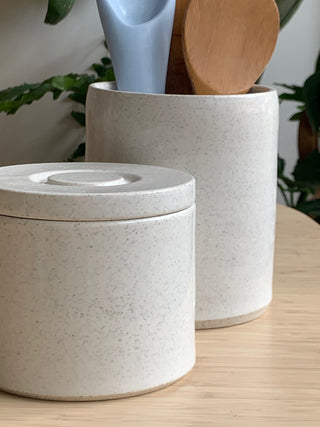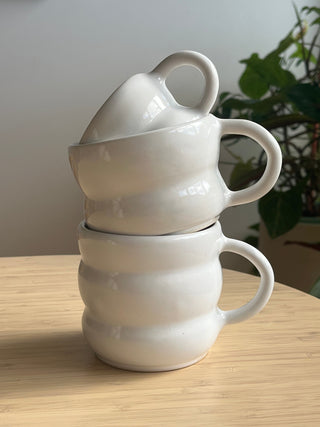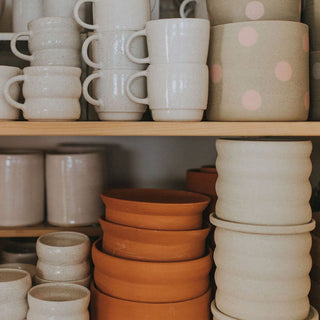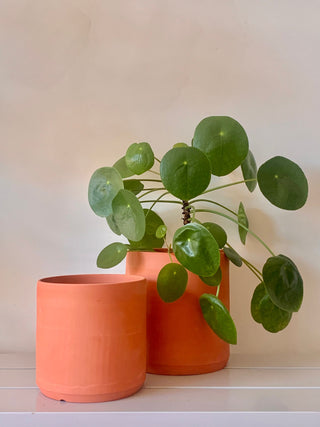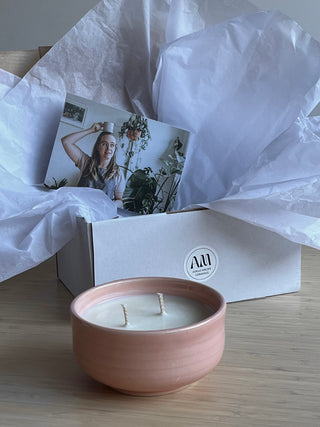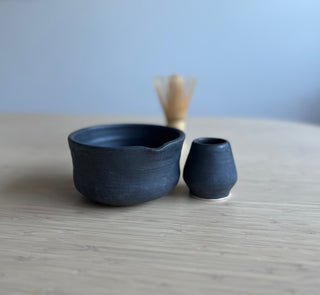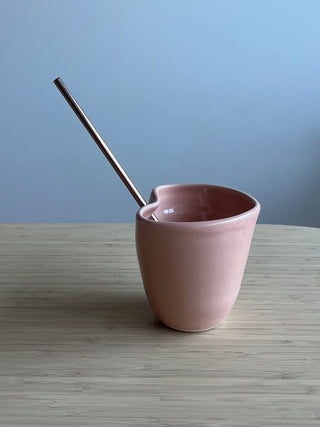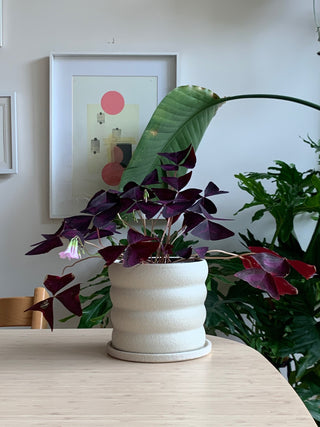As a potter, I find throwing off the hump to be an essential skill in my practice. It not only saves time but also allows me to create a series of pieces with consistent sizes and shapes. The benefits of throwing off the hump and why dry throwing is preferable to wet throwing has changed my practice immensely. Not just how I throw on the wheel, but also how I trim and reclaim my clay. I will also share with you some hot tips on how to achieve proportions while repetition throwing.

Throwing off the hump is a technique where a large lump of clay is centered on the wheel, sometimes up to 5kg for me, and multiple pieces are thrown in quick succession off the top of the clay. It is a great technique for creating many of the same piece, such as bowls, cups, or plates. One of the main benefits of throwing off the hump is that it allows me to create pieces with consistent sizes and shapes, which is essential for making a set of tableware or when I have a large order.
Dry throwing is preferable to wet throwing when it comes to throwing off the hump. When clay is too wet, it tends to slump and warp, making it difficult to maintain consistency in the size and shape of the pieces. Dry clay, on the other hand, is easier to work with and provides more control over the form. It also allows me to create thinner walls making your work lighter to hold which is essential for making functional pieces.

Achieving proportions is essential when it comes to making tableware. If you have been collecting ceramics over the years like me, you may find that often the handmade pieces in your cupboard don’t stack well as they are all different forms. I have become obsessed with making stacking wares recently and have been looking for ways to combine functionality with form in making my stacking wares. One of the best ways to achieve consistent proportions when making stacking wares is to use measuring tools such as calipers or rulers. I have also begun to make my own tools such as the Japanese “tombo” (which is the Japanese word for dragonfly and I think you can see why!) It’s a great tool to gauge height and width at the same time and they are so easy to make at home -all you need is some bamboo, a skewer and a Stanley knife. It's also helpful to start with a reference piece and use it as a guide for creating multiples. Another useful technique is repetition throwing, which involves making the same form repeatedly until muscle memory takes over and you can make the piece without thinking too much about it.

Throwing off the hump is an essential skill for any potter who wants to create efficiency and increase productivity in the studio. By mastering these skills, potters can create beautiful and functional pieces that are both unique and consistent.

